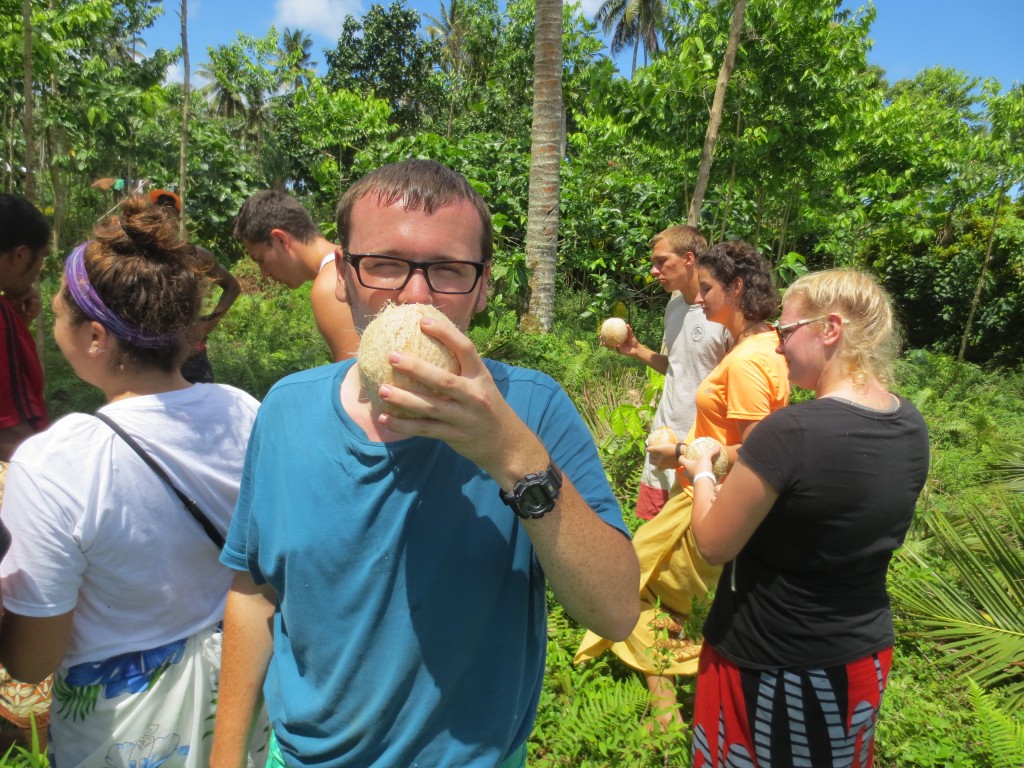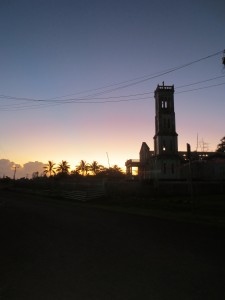
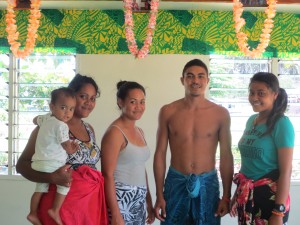
This past week I had a 10 day home stay in the rural village of Lotofaga on the south side of Upolu. This was an incredible experience. My host family consisted of 11 people, which was a very average family size for the village. I had a host mother and father, four host sisters, a host brother, a host brother-in-law, and three host nieces and nephews.
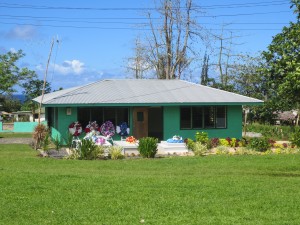
They lived in a “palagi,” or “western” style house as opposed to the traditional open Samoan “fale.” Yet, though it was called the “western” style house, the only difference between it and the Samoan fale were four walls. The family still ate, relaxed and slept on mats on the floor, the traditional Samoan style. There was one couch and one TV in the living room, but other than that there was no furniture. Typically the brothers and sisters all slept together on mats in the living-room, while the children and parents all slept in the traditional open “fale” just outside.
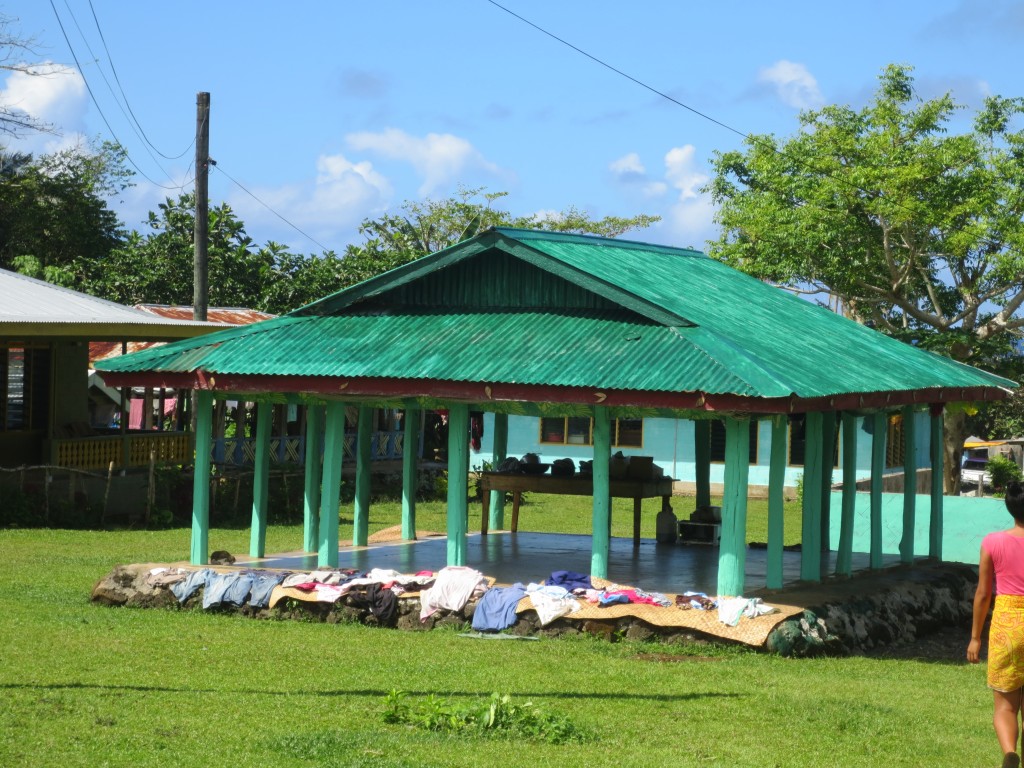
In the front yard was the traditional “fale,” where the family ate, relaxed and sometimes slept, as well as the graves. In Samoa, it is the norm to bury one’s family members out in front of the house to show the community the love they had for their relatives.
Outside the house was the traditional Samoan kitchen called the “umu.” It was a pit in the ground where a fire is lit and rocks are placed on top until glowing hot. Then food is placed on the rocks, covered with leaves, and is left to sit for an hour or so until it is uncovered and the food is ready to be eaten. This is the traditional method of cooking, and because it is so labor intensive it is usually only done on Sundays for the “to’ona’i” or Sunday brunch.


Near the “umu” was the bathroom. Called the “faleuila Pisikoa” or Peace Corps toilet (as their implementation was a big Peace Corps project in the 1970’s), it was a regular flush toilet that water was poured into because of a lack of pluming. The families will collect rain water in large tubs and use one tub for cooking, one for the toilet, one for washing dishes, and one for the scoop shower next to the toilet.
Though I had a great time living in the village and learning about Samoan family life, it was easy to see that village life is hard. Many of the families live a completely subsistence lifestyle; living only off what they can grow in their plantations. Another issue was sanitation. In the village there was no hospital and none of the stores sold medicines or bandages. With no trash collection in the area either, much of the rubbish was thrown on the street or in uncovered heaps near the house. And with the only water being uncovered rain water scooped from giant tubs, the water could easily get dirty. Therefore, staying clean was a real challenge, especially if you got a cut. If one got injured, you had to be very mindful not to let it become infected (one of my friends got a terribly infected cut on her leg because of this). It was not uncommon to see many infected cuts and scrapes on children because of a lack of resources in the area.
The village home stay was admittedly a challenge for me. However, overall I learned a great deal about Samoan life outside the capital, and I really did enjoy it. It was an experience I will never forget.
